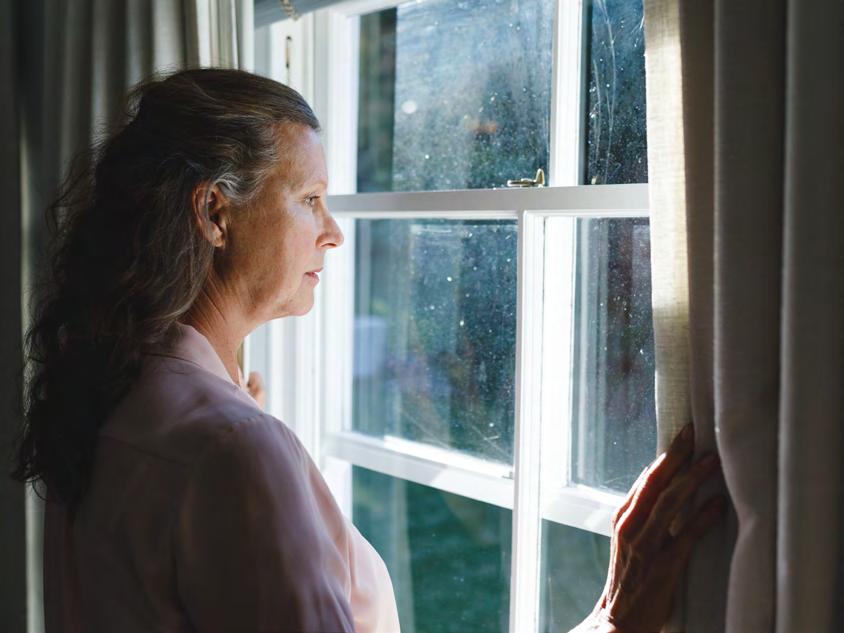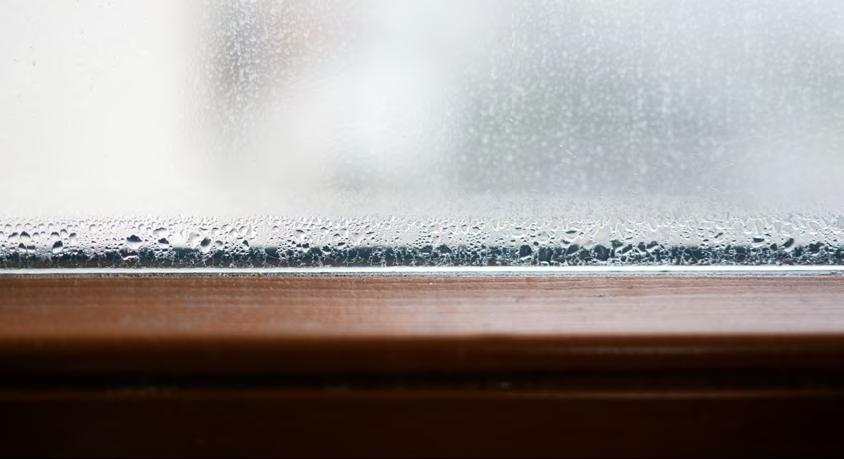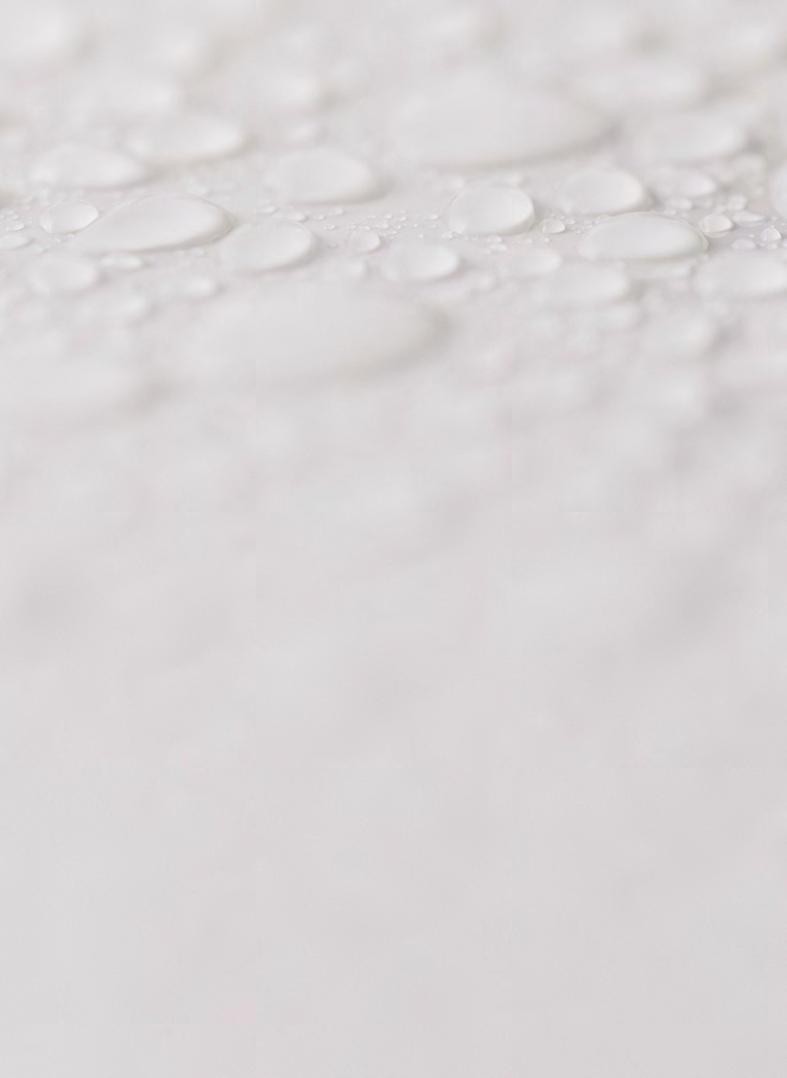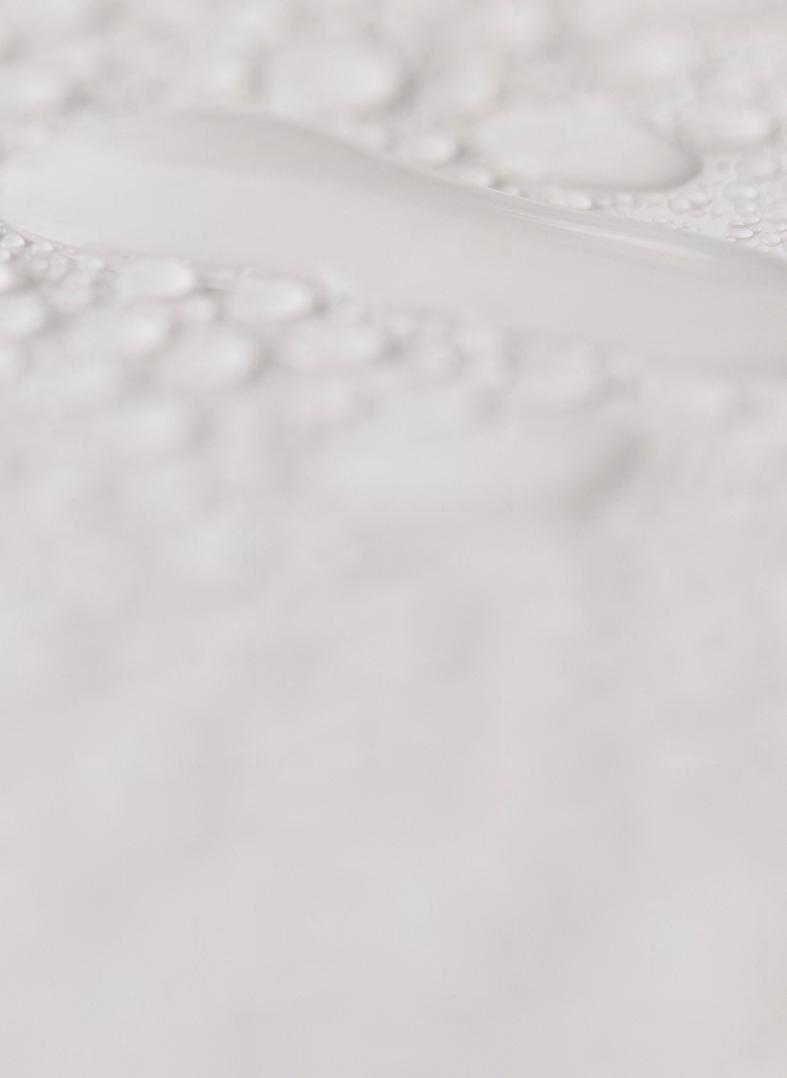Keeping your home healthy

A


A
Guide
There’s always some moisture in the air even if you can’t see it. When the air gets colder, it can’t hold all the moisture and tiny drops of water appear. This is condensation. You’ll see it on cold windows and walls when you’re doing things like cooking, washing or having a bath.
Condensation tends to get worse in cold weather and if it isn’t prevented, can form patches of black mould. If the mould is left untreated, it can make window frames rot and could increase the risk of respiratory illnesses.

If there isn’t enough ventilation in your home, condensation can leave pools of water that encourages the growth of unsightly black mould. Although kitchens and bathrooms are generally the main rooms in a house that create steam and humidity, the condensation and mould is more likely to appear in colder areas like bedrooms and behind cupboards.
Keeping your home properly heated and ventilated is the best way to avoid condensation, mould and damp. If you’re struggling with your energy bills don’t worry in silence.
We’ve put a whole host of information together on the support that’s available, and you’ll find it on the ‘cost of living’ section of our website, www.castlesandcoasts.co.uk.
Our friendly Financial Inclusion Team are also on hand to offer support and signposting. You can speak to a member of the team by calling 0800 085 1171
You’ll need to tackle condensation or mould if it’s become a problem. These everyday tips should help prevent them becoming an issue in your home.

Do you find you have water or too much moisture on cold windows? Wiping this away with a sponge takes little effort for maximum effect to help stop this getting worse. Wipe down your windows and window sills every morning using a cloth. Wring out the cloth rather than drying it on a radiator.
To help stop mould from taking hold, treat any mould you have in your property as quickly as you can by washing walls and window frames with a fungicidal wash that carries a Health & Safety Executive approval number. Follow the manufacturers’ guidelines when you use these products. If you do this and follow the other advice given here, the mould is much less likely to spread and shouldn’t reappear.
The main and lasting way to avoid severe mould is through properly heating and ventilating your home.
Taking these simple steps will help prevent condensation in your home.

Reduce the amount of water in the air by:
Putting lids on saucepans
Drying clothes outside
Making sure tumble dryers are vented to the outside
Putting a small amount of cold water in the bath before you turn on the hot tap
Not running your shower for longer than needed
Heat more evenly with a low level of heating through the day rather than quick blasts. The government recommends an indoor temperature of at least 18°C to protect your health while maintaining comfort, and that while you’re using a room, increasing the temperature to a comfortable level by turning the radiator valve up
Use thermostats to control your heating
Avoid using bottled gas or paraffin heaters

Shut kitchen and bathroom doors when cooking and bathing
Use cooker hoods and extractor fans or open a window when cooking
Keep a small window open, or trickle vents open, all the time
Ventilate kitchens and bathrooms when in use by opening windows to remove the humid air

Use extractor fans if you have them, and don’t cover these up as it stops them working
Close kitchen and bathroom doors when the rooms are in use
Make sure other doors are closed, especially bedroom doors as they are normally slightly colder and will attract moisture

Ventilate cupboards and wardrobes and avoid putting too much in them as this stops air circulation
Avoid putting wardrobes against external walls
Keep furniture away from walls and allow air to circulate as much as possible